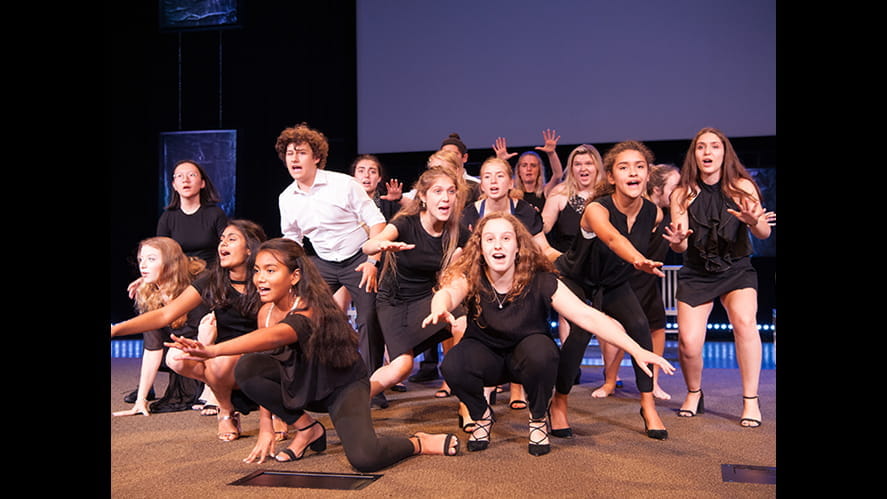“In the end, it is not the size of or brains that matters, but the depth of our spirits.”
(David Tammet)

“In the end, it is not the size of or brains that matters, but the depth of our spirits.”
(David Tammet)
“In the end, it is not the size of or brains that matters, but the depth of our spirits.”
(David Tammet)
There is no doubt that great achievements can be made by individuals yet, when you dig deeper into those achievements, it is also clear that the pioneers, explorers, entrepreneurs, inventors never do it completely on their own. There is usually a team of supporters encouraging them to persevere against the odds or a team of people acting as advisors and guides. In 1953, when Sir Edmund Hilary was proclaimed as the first person to climb Mount Everest, Tenzing Norgay was at his side every step of the way. When Neil Armstrong first stepped onto the surface of the moon, it was a real team effort from his partner, Buzz Aldrin, on the surface and Tom Collins in the ship orbiting the moon along with the code which was developed by a team of software engineers at MIT's Software Engineering Lab led by Margaret Hamilton. Or when Dr Katie Bouman, a computer scientist and MIT graduate, released the first-ever image of a black hole in April 2019 astounding the world. This incredible image was the result of an international collaboration or, a ‘Sudoku of collaboration’ per Sera Markoff of the University of Amsterdam, of 200 scientists from around the globe and ten years of planning. The image is a feat of modern science wherein experts say it is the equivalent of taking a photo of an orange on the moon with a smartphone.
If we look at the one thing that distinguishes us form the rest of the human race, it is our desire to learn and to pass on our knowledge, skills and understanding to the next generation. This accumulative body of knowledge has enabled us to achieve so many positive things. It has, unfortunately, also been the force behind some of the disasters we inflict upon each other including war, ecological catastrophes and global warming. So, how do we make sure that we develop and grow as caring, tolerant, courageous citizens of a global society. This is what singles out the good schools from the less effective. It is all about the sense of community, of sharing or supporting others that lies at the centre of a good education. As David Carter said: "Schools never belong to us. They belong to the community. We just look after them for a while and pass on the baton."
A good school is more than just a school, it is a learning community in which students experience positive education, learning how to work together towards a common aim alongside learning the knowledge required to be effective drivers of change for the future. Children learn the importance of integrity, respect and compassion as well as Mathematics, Science, sport, the Arts and all the other subjects in the timetabled series of lessons on which we place so much emphasis. However, we know that the study of these academic subjects are no use when studied on their own. We have to teach children how to use their knowledge effectively and how to build their own understanding, taking their learning to new heights in education. Students in school learn the so-called ‘soft’ skills of teamwork, leadership, communication, problem solving, flexibility and the traits that make for effective human interaction and support.
In a recent discussion at Compass International School Doha, one of the students remarked that his school was like a family where everyone knows each other. He said that the school community was not defined by the fabric of the buildings but on the quality people within it. Indeed, a great school is all about the relationships amongst the students, the staff and the parents. It transcends barriers and limitations set out by the confines of the school building and reaches out beyond the school gates for new learning opportunities and new challenges. From planning and going on an adventurous journey as part of the Duke of Edinburgh’s International Award to performing at the Fire Station Art gallery at the launch of the Annual School Art Exhibition. It is about taking part in a week-long expedition to Tanzania or visiting one of the many 5-star hotels to learn about how chocolate is made as part of their Year 3 Exit Point. It is also about learning how to cope with the grammatical nuances of the English language, working out the way to solve quadratic equations in Maths class, or learning about titration in the IB chemistry lab. Whatever it is, good schools ensure that the learning process is done by the many, not the few. It is collaborative and communal and it is about working together as learners to ensure that we can all be the best version of ourselves.